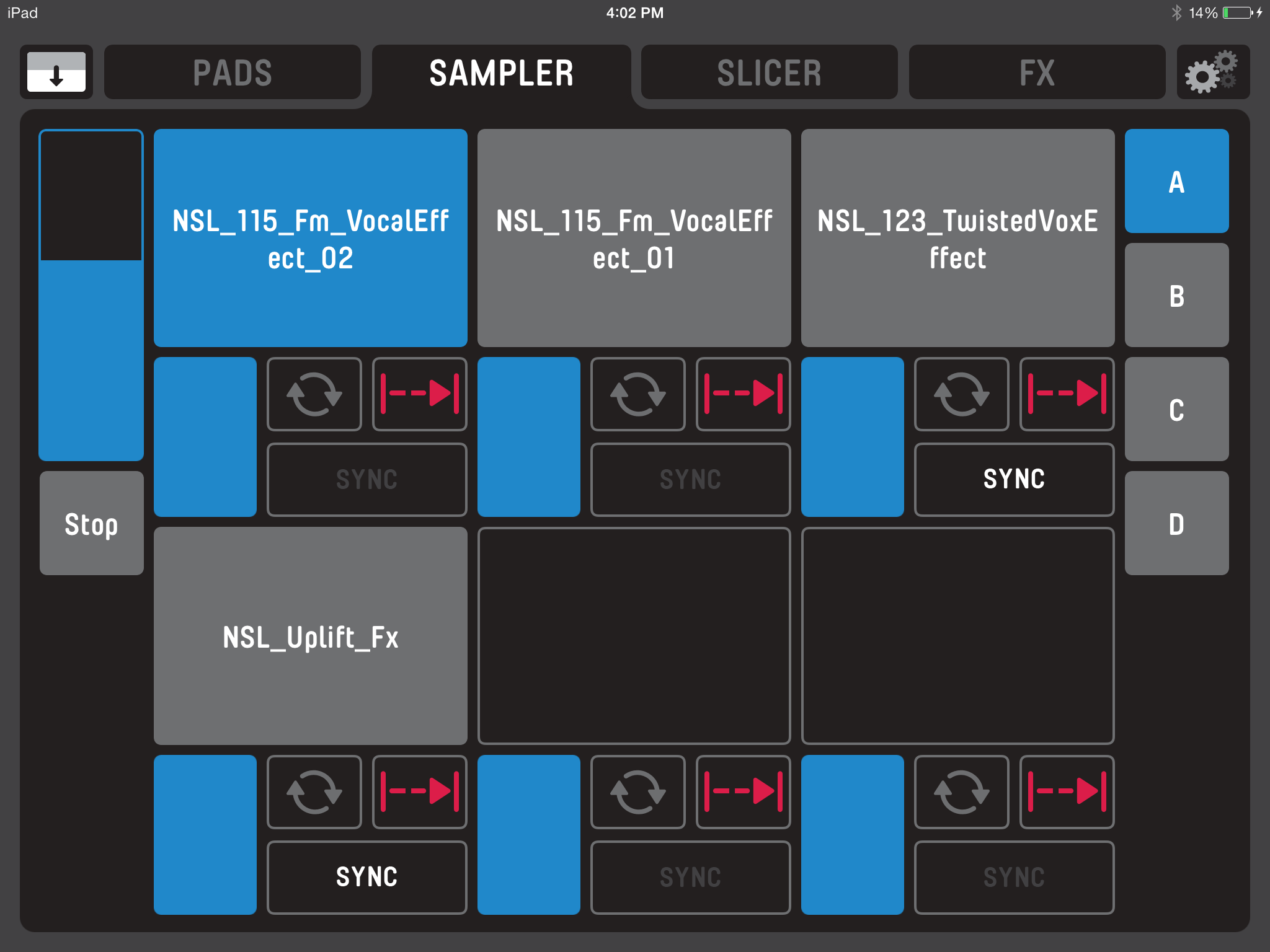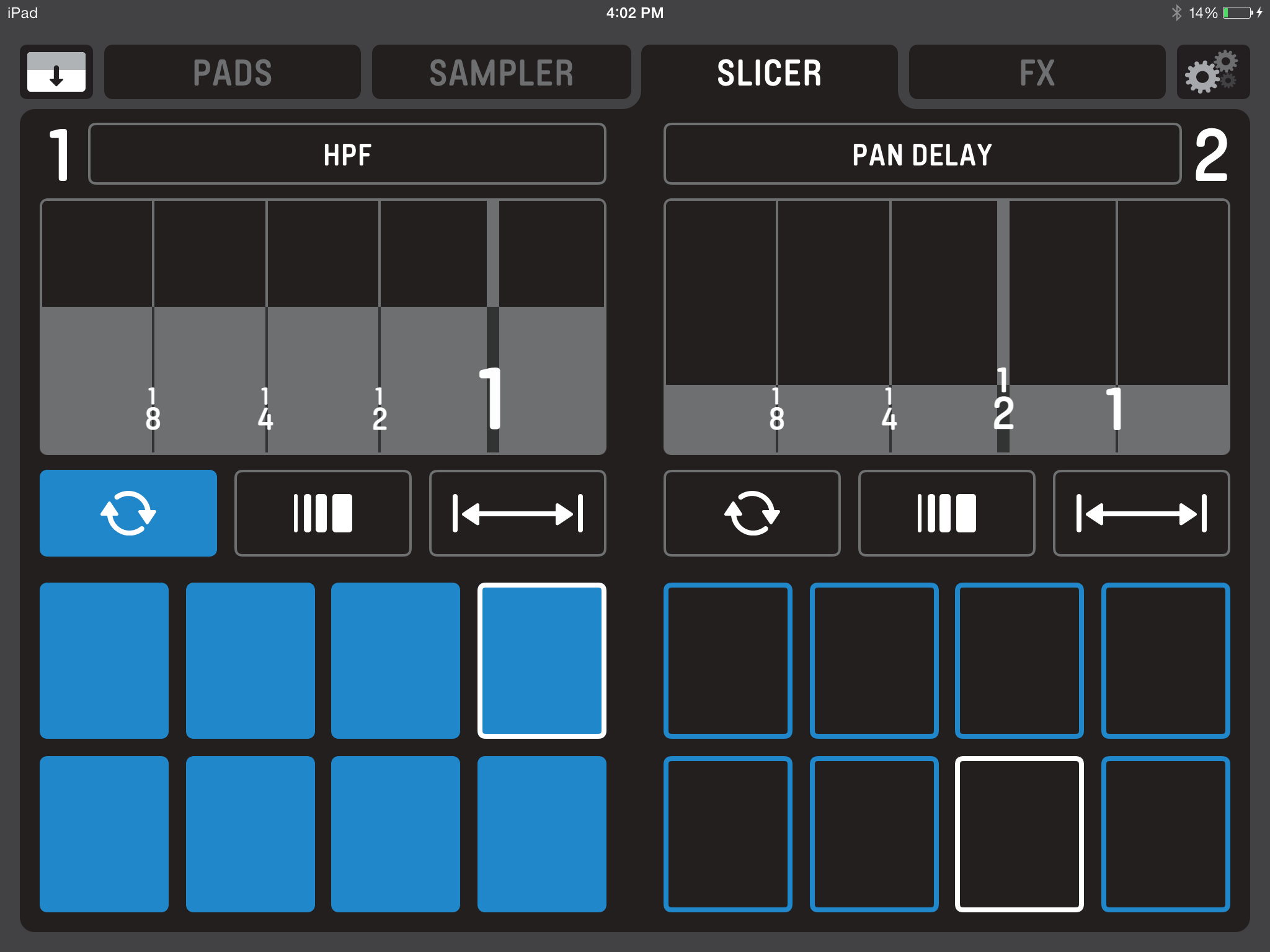0 Comments
The Lowdown
Serato Remote is a great app for Serato DJ users who want to get more out of their existing controller or DVS setup. If you already own an iPad, that makes it an even easier decision, considering that you only need to spend under US$20 to get features that are usually only reserved for higher end gear. Would’ve given this a five out of five rating if there was the ability to browse and load directly from my iPad and stack waveforms!
Video Review
First Impressions / Setting up
You connect Serato Remote by first pairing it with your computer using your iPad’s cable. Do it once, and you’ll never have to set it up again. You can even use it wirelessly through ad hoc mode, but to keep the latency as low as possible you’ll probably want to use the USB cable.

Upon starting the app, you’re greeted by a screen split in half: The top shows your horizontal Serato waveforms as well as virtual decks, while the bottom half now contains four tabs: Pads (for your cue points), Sampler, FX, and Slicer. Slicer is new to this version of Serato Remote, and is a killer addition. Also note that there are now eight cue pads instead of five, making it up to date with what seems to be the standard for most high-end controllers with performance pads these days.
In Use
Do keep in mind that even in this latest version of Serato Remote, the app remains as such: A remote. There are no transport buttons, and you can’t browse your library without having to look at your crates on your laptop screen. There still isn’t an option to reconfigure the waveforms to appear as stacks too, which in my opinion would be a useful key feature as its one of the most recognisable traits of Serato DJ. But having covered these limitations, let’s get into the good stuff…
Pads

The eight pads are large and responsive, perfect for cue point juggling if you don’t mind using a touchscreen for that sort of performance. Even though the iPad screen’s real estate is fully utilised, it never feels like it’s a cramped and puzzling endeavour, which truly can’t be said for some smaller controllers out there that employ counter-intuitive shift layers and odd layouts to maximise a feature set at the expense of ease of use.
Sampler

The Serato SP-6 sampler is beautifully represented in Serato Remote: All four banks are easily accessible, and all six sample players within those banks appear as large rectangle pads. While they may not be velocity sensitive like those found on a Pioneer DDJ-SX or similar performance pad-equipped controller, these do a fine job of translating a touch-based pad playing experience. It’s worth noting that to the far left of the screen is an arrow that, when enabled, extends the visual real estate of whatever tab function you have enabled, showing deeper features. In this case, the Sampler screen now shows options for Sync, looping, individual volume bars and playback options.
Slicer

The Slicer is a new feature included in Serato Remote. Previously the territory of the Novation Twitch and some controllers like the Numark NS7II and the aforementioned Pioneer DDJ-SX, Serato Remote democratises this aspect and brings its functionality to any Serato DJ user regardless of hardware controller.
The Slicer basically “slices” a section of your track into the eight pads found on your controller, and Serato Remote does this by arranging those slices onto eight rectangles on its screen. Think of it as a loop and roll effect combined that travels along with the track as it plays. Pressing the arrow to the left of the screen gives you access to two effects that you’ve set in the FX tab, which are perfect for manipulating audio and creating buildups, all in one screen!
FX

The FX tab is where you can choose from Serato DJ’s list of effects like echo, pan delay, phaser and high-pass filters. You can set them as latch effects, which you can turn on and off, or as temp effects, whose parameters only affect the audio when you have your fingers touching the effect bar. This is a generally straightforward effect section, but you’d be surprised how much easier it is to use than the one found on many controllers, especially if you have a controller that lacks a decent number of knobs and buttons to chisel sounds and manage effect variables.
Conclusion
It’s easy to pass off Serato Remote as a gimmicky accessory that would just complicate your spartan Serato DJ set-up: After all, why would you want to have another screen in the DJ booth when your laptop provides more than enough already? But such a question misses the entire point of this app. For US$19.99, you’re basically getting the software equivalent of a pair of Novation Dicers (USD99), a Pioneer DDJ-SP1 pad sample player (USD399) and the FX and Slicer sections of some mid-tier/high-end controllers, all in one comprehensive and easy to use package.
If you’re a Serato user and you have an iPad, it would be difficult to make a case against using Serato Remote. Even if you’ve got a flagship unit like the Pioneer DDJ-SZ, having a touchscreen controller dedicated for a particular use (Slicer, for instance) lessens the need to flip between function buttons on your hardware controller, thus reducing confusion in the heat of an intense mix moment. As you go down the list to even more inexpensive, introductory controllers with limited performance capabilities such as the Pioneer DDJ-SB or the Numark Mixtrack Edge, the benefits begin to increase exponentially.




